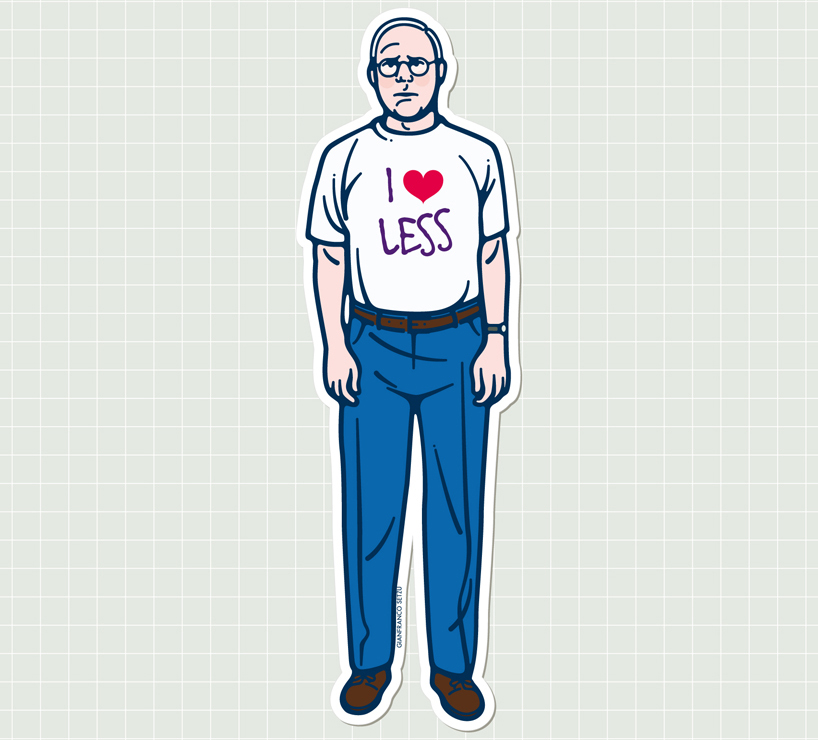Laws of subtraction: Should you do less to get more out of life?
.
Life is so busy these days. In an effort to slow it down it seems we only end up adding more. Is less what we really need? If so, how do you even start down that road? Matthew May explores this in his book The Laws of Subtraction: 6 Simple Rules for Winning in the Age of Excess Everything pulling from the work of many experienced contributors.
What are the Six Laws of Subtraction?
Here are May’s six rules, and I’ve highlighted research or insight he presents to support each one.
1. What isn’t there can often trump what is.
Researcher Will Phelps has shown that having just one bad apple in a small group can drag down performance by up to 40 percent. Richard Hackman of Harvard has shown that smaller teams are more effective than larger teams because as group size grows, more attention is devoted to running the group and less to the task at hand, and difficult group members place an especially heavy load on fellow group members.
– Bob Sutton, author of The No Asshole Rule: Building a Civilized Workplace and Surviving One That Isn’t and Diego Rodriguez
2. The simplest rules create the most effective experience.
As Daniel Pink pointed out in a 2010 column for The Telegraph, the vacation policy employed by Netflix, the streaming video and DVD-by-mail company based in Silicon Valley, “is audaciously simple and simply audacious. Salaried employees can take as much time off as they’d like, whenever they want to take it. Nobody— not employees themselves, not managers— tracks vacation days. In other words, Netflix’s holiday policy is to have no policy at all.” … “If you’re spending a lot of time accounting for the time you’re spending, that’s time you’re not innovating.”
3. Limiting information engages the imagination.
Eye-catching enough to get noticed, yet complex enough to stay interesting. Revealing enough to pique curiosity, yet shadowy enough to prompt questions. Mystique flirts with us, provoking our imagination, hinting at the possibilities, inviting us to move closer while eluding our grasp. It doles out information, without ever actually giving anything away…. [T] his trigger is rooted in unfulfillment … is the most nuanced and perhaps most difficult to achieve.
-Sally Hogshead, author of Fascinate: Your 7 Triggers to Persuasion and Captivation
4. Creativity thrives under intelligent constraints.
Creativity-friendly constraints include (1) a clear problem definition with clear goals such as the specific challenges of online innovation competitions or the Iron Chef “secret ingredient” constraints and (2) a truly urgent, challenging need such as bringing the Apollo 13 astronauts safely back to earth. But intentionally strangling resources below a sufficient level in a misguided effort to spur new thinking probably will spawn only aborted attempts at innovation. The same goes for constraints that straitjacket the autonomy needed to passionately search for new solutions.
Japanese haiku, a lovely and time-honored art form, is full of tight constraints; the classic three-line poem must have five syllables, then seven syllables, then five more. But because the form offers a clear and challenging set of parameters and because there’s no scarcity of words in any language, creativity can blossom.
– Teresa Amabile, author of The Progress Principle: Using Small Wins to Ignite Joy, Engagement, and Creativity at Work
5. Break is the important part of breakthrough.
How do you minimize or avoid the collateral damage— to other parts of your life and others in your life— in chasing your creative passion if it’s something dramatically different from your current path? Easy: build something on the side. Do it as a skunk works. Do it in your spare time. Take the four-plus hours the average Joe spends watching mindless TV and do something with it. People say, “I need that time to wind down.” Baloney. When you’re doing something you’re passionate about, it energizes you. At some point, if you keep at it, you can make the break to the new path when the new idea is viable. Meantime, you keep your responsibilities and provide the security and stability those in your life rely on.
– Jonathan Fields, author of Uncertainty: Turning Fear and Doubt into Fuel for Brilliance
6. Doing something isn’t always better than doing nothing.
…not working can yield better work. In the experiment, members of a dozen consulting teams at Boston Consulting Group (BCG) were required to take “predictable time off” every week, defined as one uninterrupted evening free each week after 6 p.m.: no work contact whatsoever and no BlackBerrys.
The downtime was awkward for many and nerve-racking for some, and a few fought the idea, fearful of poor performance ratings or more weekend work. The goal was to teach people that one can tune out completely for a time and still produce great work.
It worked. BCG internal surveys showed that within six months, consultants were more satisfied with their jobs and work-life balance and more likely to stay with the firm compared with those who weren’t part of the study. BCG clients told Perlow and Porter that the teams turned out better work in part as a result of “more open dialogue among team members” and that “the improved communication also sparked new processes that enhanced the teams’ ability to work most efficiently and effectively.”
It worked so well that BCG made it a policy.
Join 45K+ readers. Get a free weekly update via email here.
Related posts:
What 10 things should you do every day to improve your life?
What do people regret the most before they die?
What five things can make sure you never stop growing and learning?




